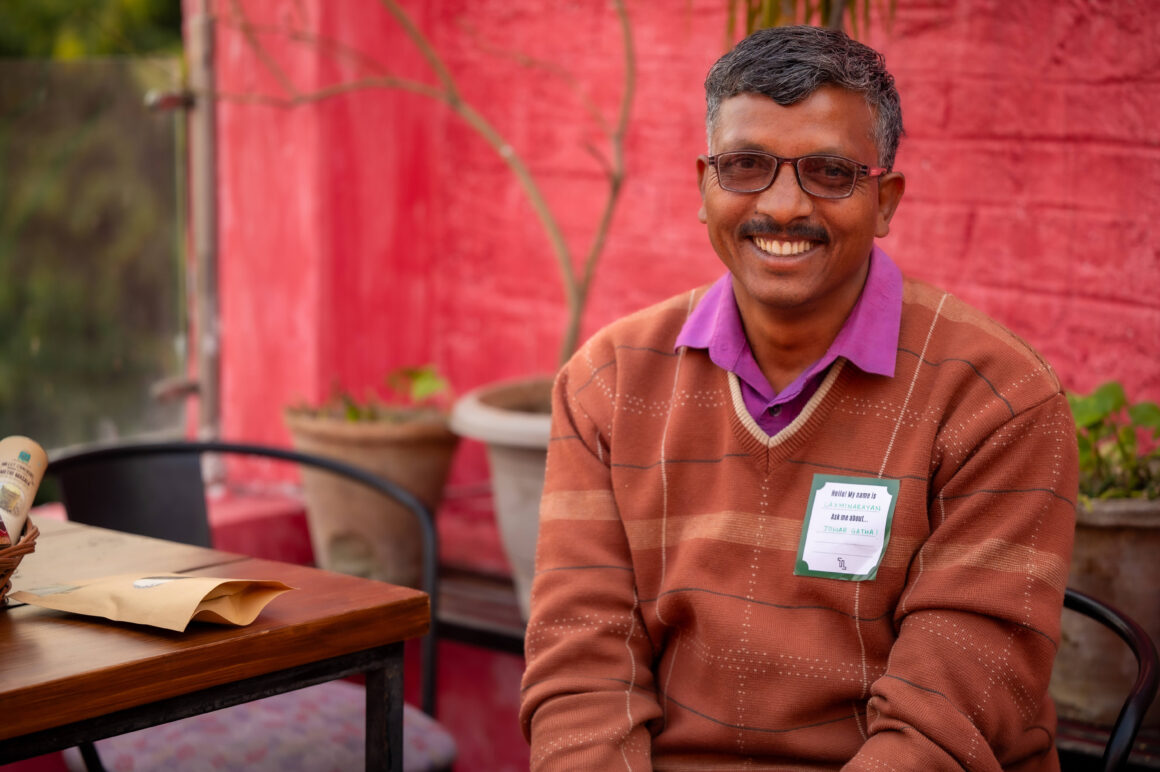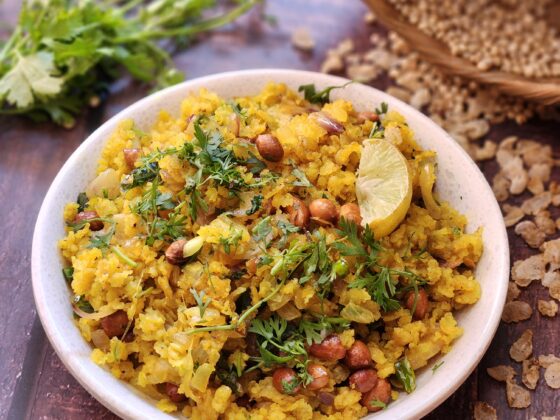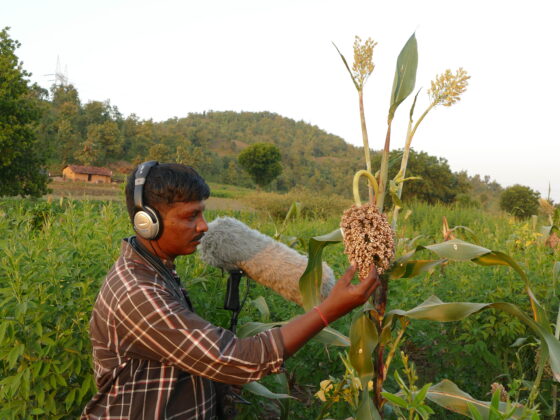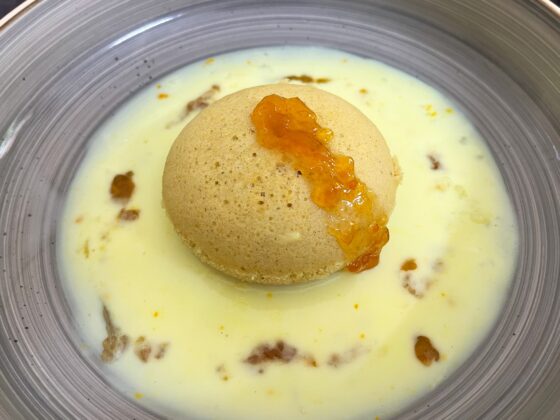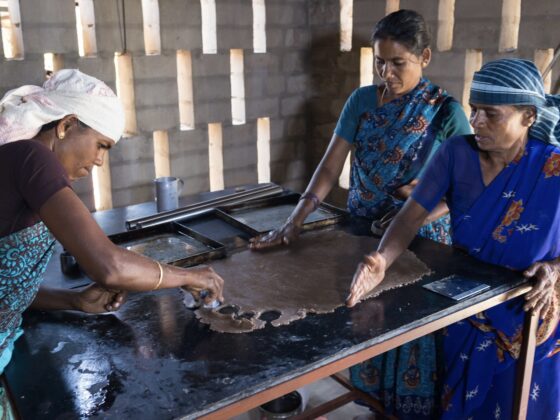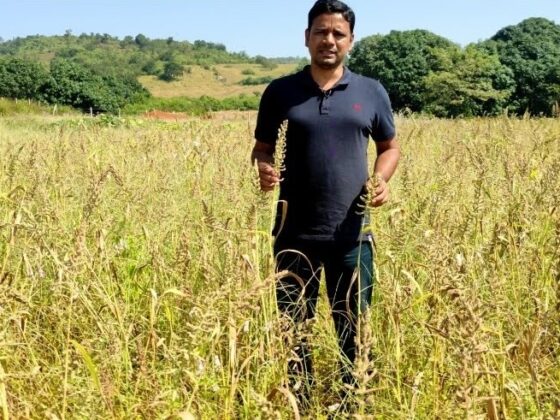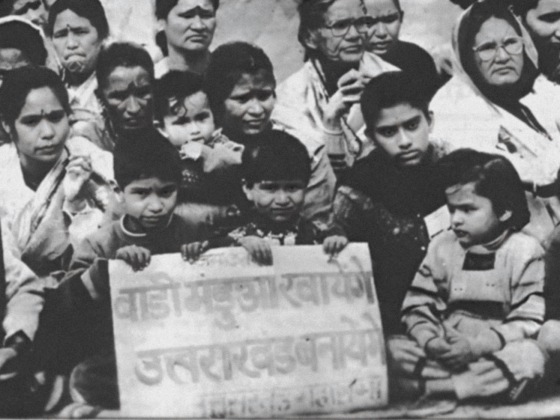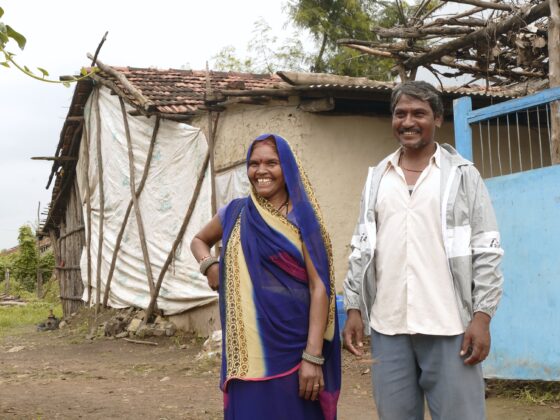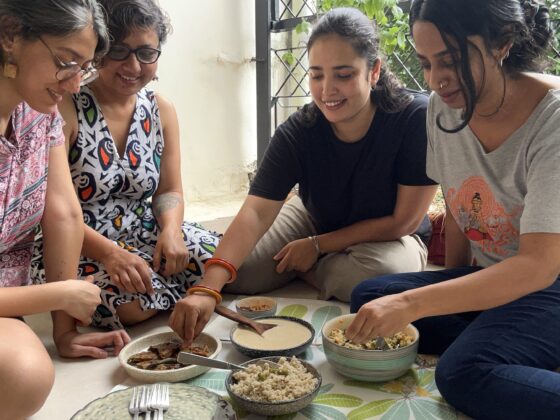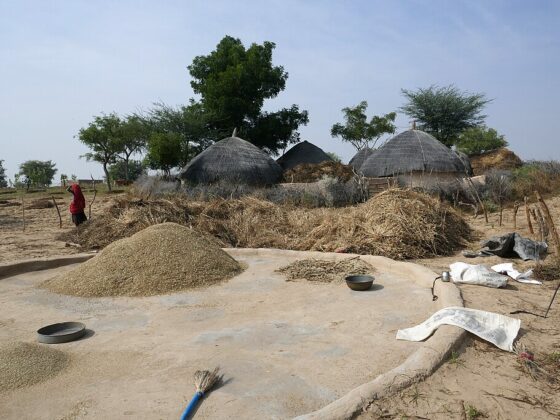Farmer and filmmaker Laxminarayan Devda talks to Mukta Patil about his memories of eating jowar with his grandmother, the place language and comfort have in good filmmaking, and how popped jowar corn brings people together.
Jowar Gatha, a Nimadi language film by farmer and filmmaker Laxminarayan Devda, is an ode to the many indigenous varieties of jowar still being grown in small pockets of Madhya Pradesh. It tells the stories of communities that revere and celebrate the millet, even as they lament its decline in these drylands.
Laxminarayan grew up in the small village of Pandutalab, in Madhya Pradesh’s Dewas district. He comes from a farming family, and this area is largely farmland, he tells me. But so much has changed in the past two decades. Earlier, sowing was varied—millets like foxtail, barnyard, jowar, and bajra were grown alongside indigenous corn and cotton. In the dals, there was moong, arhad, urad. And an incredible diversity of vegetables. Farmers saved all these seeds—millets, gourds, beans, and maize—at home. Now there is a dependence on hybrid seeds from the market, monocrops, and an increase in the use of fertilisers and pesticides.
In 2005, Laxminarayan began working with Pinky Brahma Choudhury and Shobhit Jain, both of whom would go on to start the community media wing at Samaj Pragati Sahayog (SPS) in 2008. SPS is a grassroots organisation that works on water and livelihood security across 72 of India’s most backward districts, mainly in the central Indian Adivasi belt. Laxminarayan learned camera work and sound recording as he traveled with Pinky and Shobhit on shoots. It was during this time that he also trained to collect people’s oral histories.
He and his team spent three years documenting the lives, livelihoods, food habits, rituals, and songs that are so deeply entrenched with the crop of jowar.
Read an excerpt from our interview here:
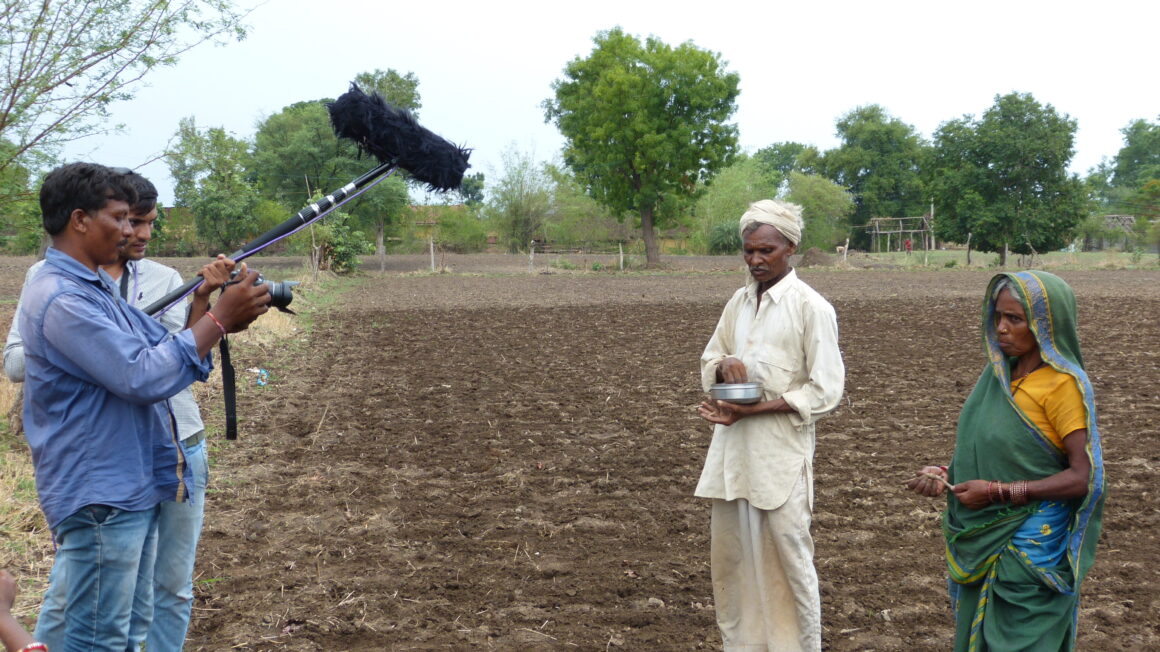
‘Jowar Gatha’ portrays the celebrations surrounding jowar. But it also shows us some of the hardships of growing it. How did you bring these two stories together? What questions did you have to ask to get to this essence?
First, we have to be connected with the people whose stories we are trying to tell . They shouldn’t look at me and see me as an outsider, I should feel like one of them. My personal experience has been that before filming, I have to understand them—who they are, what their life is like. It is almost like becoming a member of their family, only then can the true stories unfold.
And speaking to them in their own language, and truly listening, not just asking question after question. We have to have the capacity to listen. If we just ask and ask, then we will get answers, certainly, but we will have missed the essence of the story somewhere. I think opportunities present themselves: to ask the right question at the right time and place. We must learn to wait.
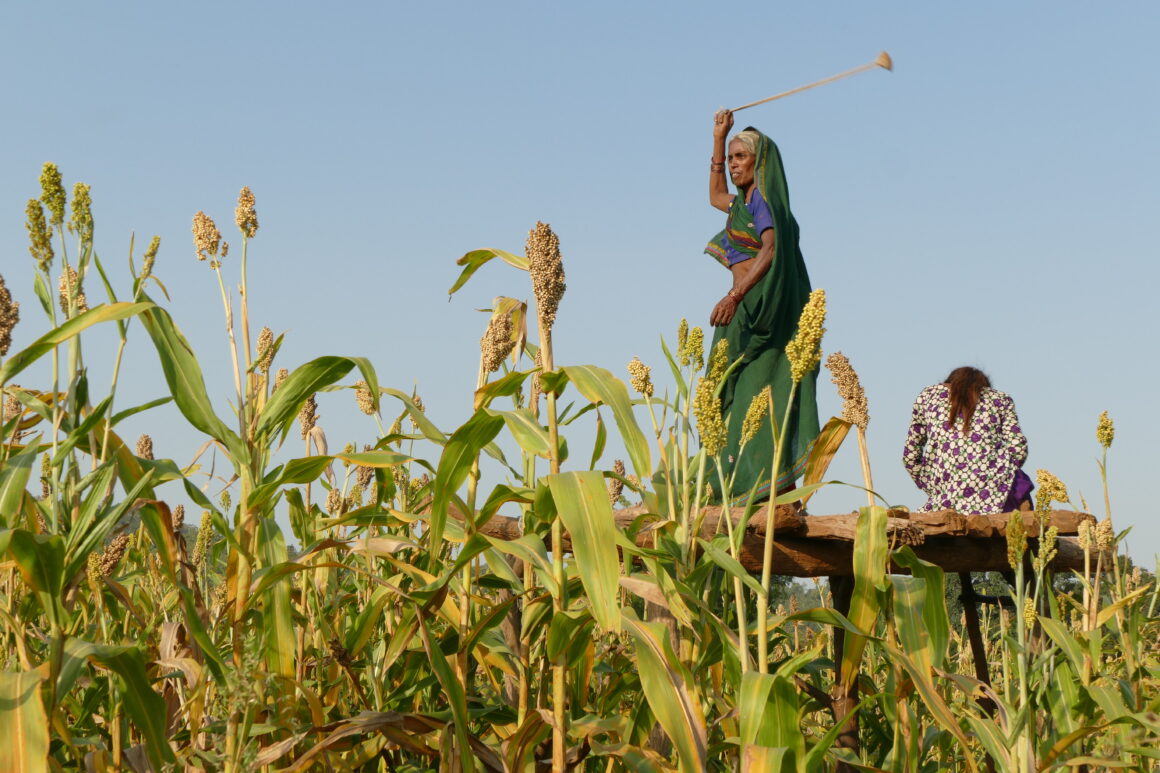
I think opportunities present themselves: to ask the right question at the right time and place. We must learn to wait.
In the film, jowar is being cooked in so many different ways—popcorn, rotis, daliya. Tell us more about these foods? And what are the ways you like to eat it?
Jowar is often eaten with non-vegetarian food, be it fish, chicken or mutton. And we have a lot of uncultivated greens here (different in the monsoon, summer, and winter). The saag made from these greens; jowar shares a very intimate relationship with it. Mostly, jowar rotis need something soupy to go with it, whether meat or greens, and that’s the culture surrounding our eating habits. And the popcorn made from jowar is just so fun!

We also make daliya (gruel) out of it, especially when someone has taken ill with a fever or headache. If there is no ghee, then we fry it in some oil, and make it into a runny pej by adding water to it. When women give birth, they eat this daliya as well.
When its grain is still green, before it ripens, we also fire-roast it, and when this is eaten with sesame seeds, its taste is something else entirely! When we were filming, I remembered a lot of these things from when my grandmother would make them. She would wrap the tender jowar in a cloth and dry it out over heat. She would then beat it with a stick, and all the kernels would fall out. After that, she would roast sesame seeds and mix it all up, handing it to me. This was often our lunch.
We don’t find the green grain much anymore, but we do have jowar rotis at home often. My children, wife, we all enjoy it. Some years ago we used to think eating wheat was special, but now it is jowar that has pride of place.
You have traveled a fair bit with ‘Jowar Gatha’. You must have some memorable experiences of showing it at different places?
I have mostly traveled to show the film in villages around us. Like Tevadiya, Sitapuri, Nimad. Many times, like it is a celebration of sorts, people have started dancing and singing while we screened it. And when the popcorn scene comes on, they say, “Get out the plates, we will eat popcorn!” People also tell their own stories of jowar, and then I wonder how many things we have missed out on.
In Goa, after the screening someone said, “I wondered what kind of film can someone make about jowar? It’s just one crop after all. It will be boring.” But he enjoyed it, and said it really moved him. In Kerala too, people appreciated it so much. Then we thought, our film has succeeded. We made it to show it in the villages, but even city folks are enjoying it!
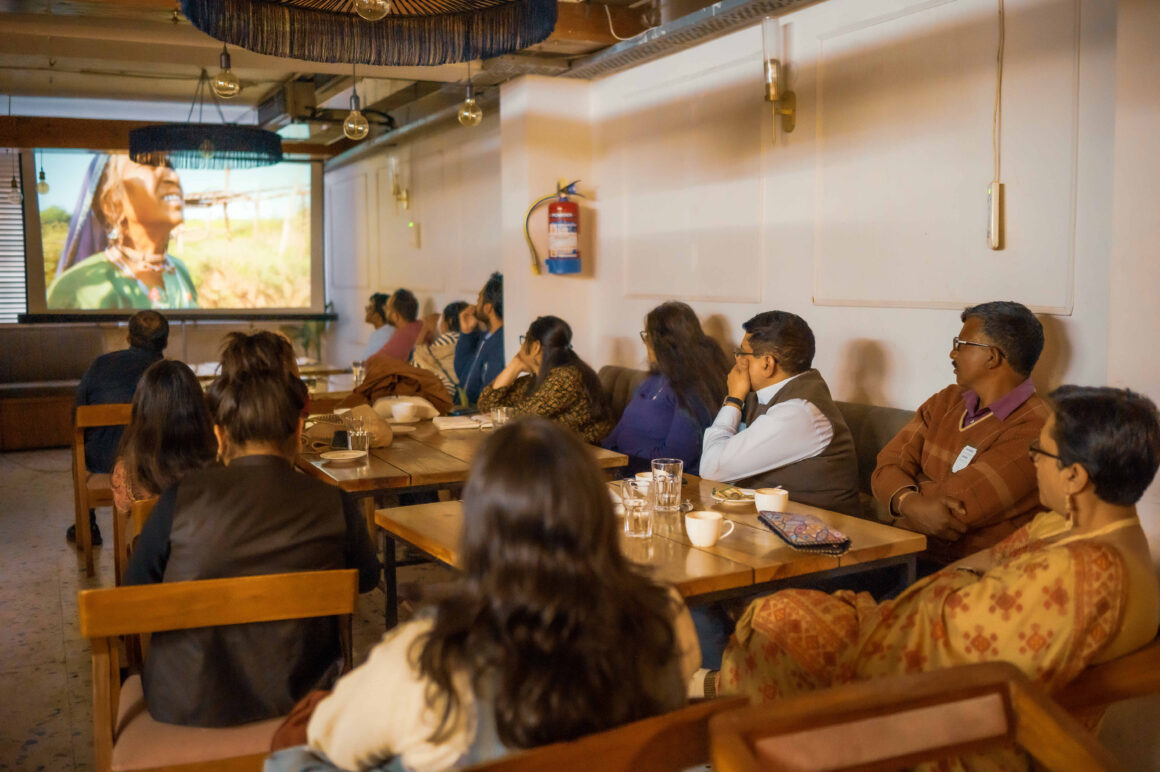
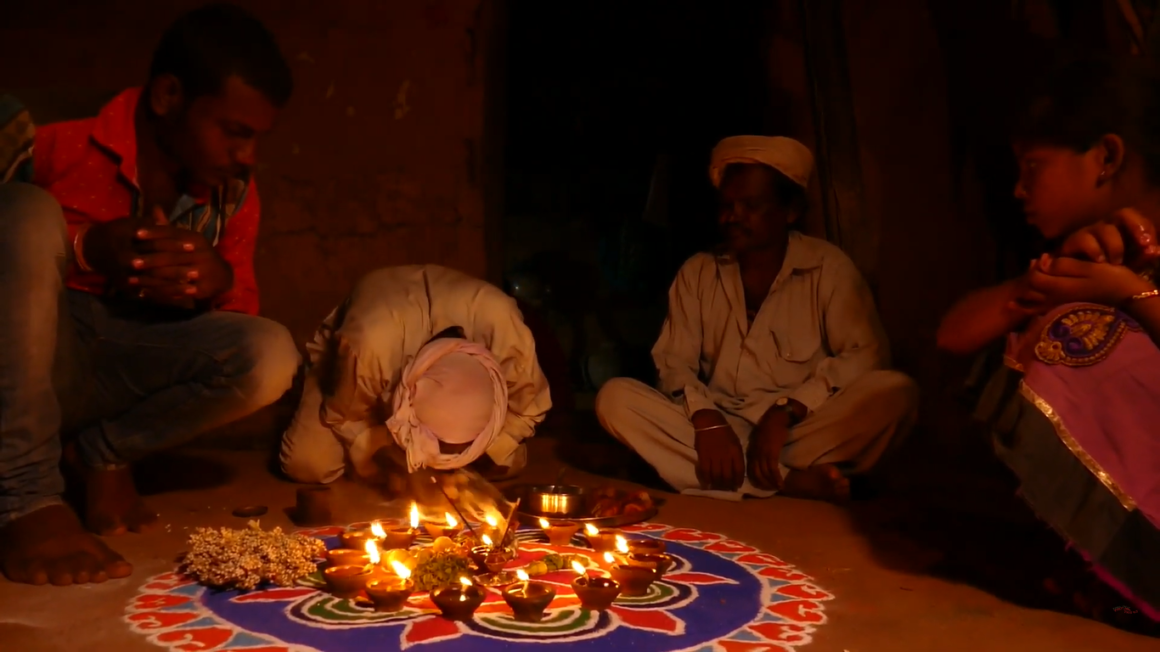
Many times, like it is a celebration of sorts, people have started dancing and singing while we screened it. And when the popcorn scene comes on, they say, "Get out the plates, we will eat popcorn!”
‘Jowar Gatha’ begins with a folk song, in which Jowar, personified as a mother goddess, is sulking, and angry with us:
“It is said when
Goddess Jowar was humiliated
She took offense and went into hiding
Sometimes in the roots of Dongla
Sometimes in the roots of Rahigaon
Sometimes in the bark of Sal
She kept hiding Scared, the king pleaded with her
“Please come back,
Or we will all perish.”
Tell us more about this song?
During filming, we met a healer on the border of Maharashtra and Gujarat. He has since passed away, but he was very knowledgeable about ayurveda and traditional medicinal herbs. As we shot jowar fields in the area, we chanced upon him, and through our conversations the story of this folk song emerged. It’s an old tale—once, when people disrespected Jowar Maata, hurting her feelings, she was distressed and hid from us. Sometimes in the stalks of dongla grass, sometimes in the bark of the saal trees, or in the fruit of the Indian jujube. She said, “I will leave this place.” The king, scared, said to her, “If you leave, what will happen to our world? How will we fill our stomachs?” So he convinced her to come back.
This is what is special about jowar, it is not only healthy for us, but its stalk is also nutritious fodder for our cows and buffaloes. And it is appropriate for this environment. If we bring Jowar Mata back into our lives, it will be beneficial for us all.
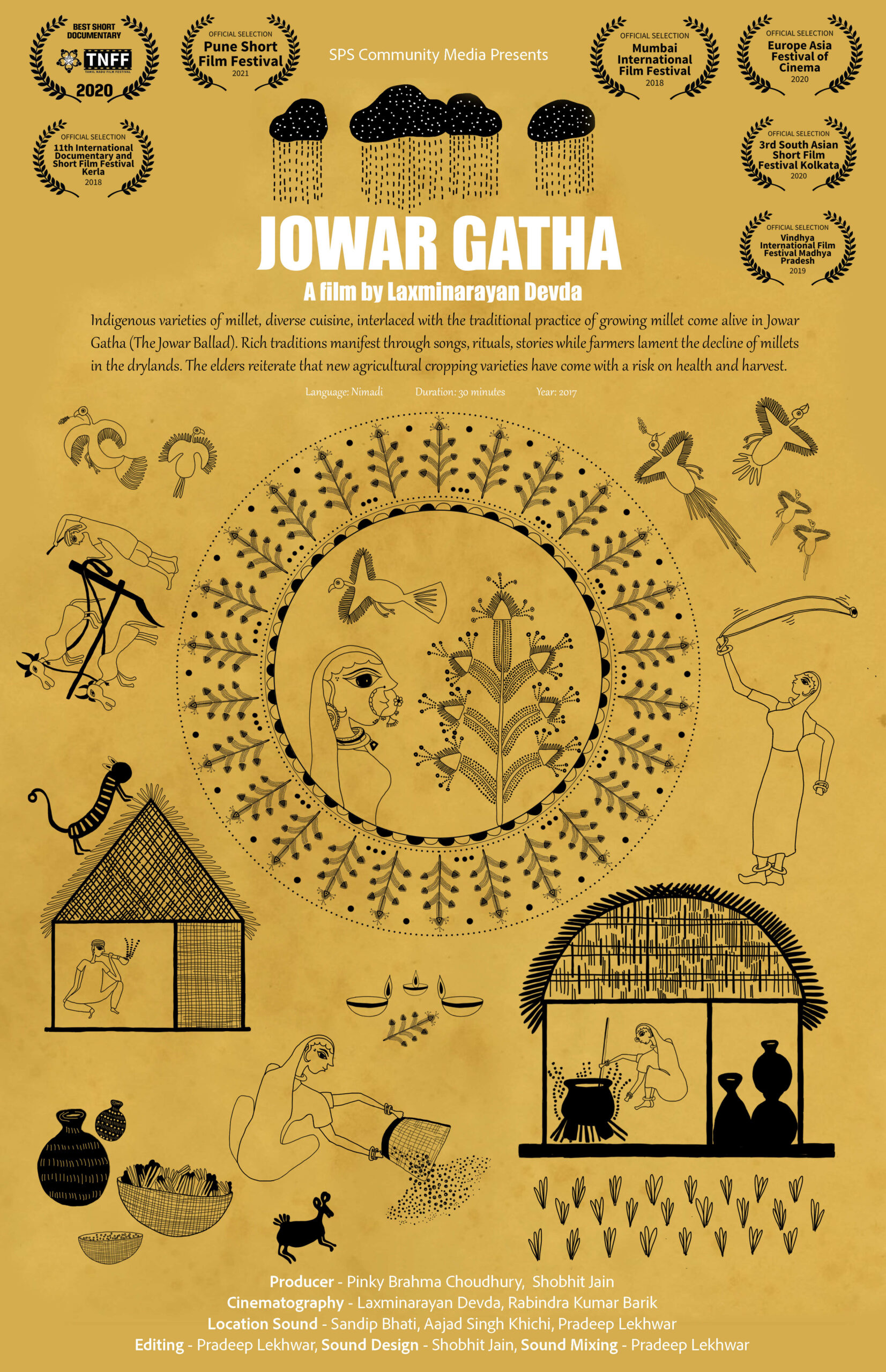
What is your favourite part of ‘Jowar Gatha’?
The scenes we shot, which showed the diversity of the jowar, I really like those. Even now, when I close my eyes, I feel like I can see the soul of jowar. The seven or eight varieties we showcased, each had a unique beauty, which touched my heart.
Mukta Patil heads the Editorial Lab at the Millet Revival Project. She is a writer and editor who works on stories that spotlight the intricacies of our food systems, and how they interact with the climate emergency, the environment, and people.
Read the interview in Hindi here.

This article is part of the Millet Revival Project 2023, The Locavore’s modest attempt to demystify cooking with millets, and learn the impact that it has on our ecology. This initiative, in association with Rainmatter Foundation, aims to facilitate the gradual incorporation of millets into our diets, as well as create a space for meaningful conversation and engagement so that we can tap into the resilience of millets while also rediscovering its taste.

Rainmatter Foundation is a non-profit organisation that supports organisations and projects for climate action, a healthier environment, and livelihoods associated with them. The foundation and The Locavore have co-created this Millet Revival Project for a millet-climate outreach campaign for urban consumers. To learn more about the foundation and the other organisations they support, click here.
